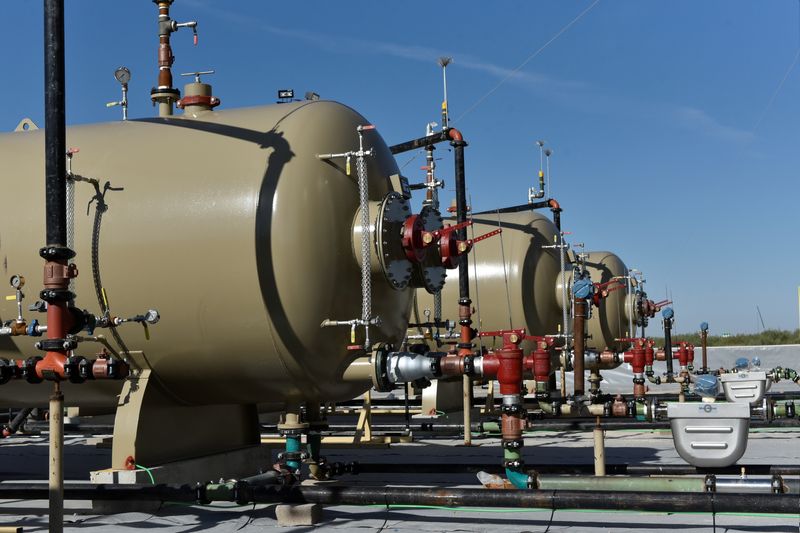Investing.com — Oil prices rose on Tuesday as traders looked ahead to U.S. inflation data and the OPEC+ meeting later this week, amid expectations that major oil producers will stick to output cuts.
At 2:30 PM ET (19:30 GMT), the price rose 1.1% to $83.79 per barrel, while it rose 2.5% to $79.67 per barrel.
Dollar slides; inflation data awaited more interest rate signals
The dollar fell, sending oil prices higher even as an unexpected rise in consumer confidence, pointing to a stronger U.S. economy, pushed Treasury yields higher.
Because oil is priced in dollars, a weaker dollar makes the commodity more attractive to foreign buyers.
The weaker dollar comes ahead of key inflation data from the US and other major economies, with traders looking for more information on future monetary policy and the impact on global growth going forward.
In the US, the figures, which are the Federal Reserve’s preferred inflation gauge, are due on Friday and are expected to show a slight cooling in inflation. But interest rates are still expected to remain well above the Fed’s 2% annual target, giving the bank more incentive to keep rates high for longer.
Fears that the Fed would maintain tight monetary policy for an extended period were a major point of pressure on oil prices last week, after several Fed officials warned that persistent inflation will prevent the bank from easing early. They also boosted the , which further weighed on prices.
High interest rates are expected to hamper economic activity, which in turn will weigh on oil demand.
In addition to the inflation data, figures from the largest oil importer China are also expected this week.
OPEC+ meeting awaited supply cues
The focus was also on an upcoming meeting of the Organization of the Petroleum Exporting Countries and Allies (OPEC+), which will take place online on June 2.
Traders will watch to see if the cartel agrees to extend current voluntary production cuts of 2.2 million barrels per day beyond the June 30 deadline.
OPEC+ has cut production over the past year to support oil prices, but this has only provided temporary support to prices as markets worried about sluggish demand.
“Recent market weakness increases the likelihood of a full rollover of additional voluntary cuts by OPEC+, at least through the third quarter of this year,” ING analysts said in a note.
“Expectations for such a move are increasing, so anything less will disappoint the market. Fundamentally, however, the market only needs to see a partial rollover, so there is a risk that OPEC+ will over-tighten the market in the third quarter of the year makes.”
(Peter Nurse, Ambar Warrick contributed to this article.)


